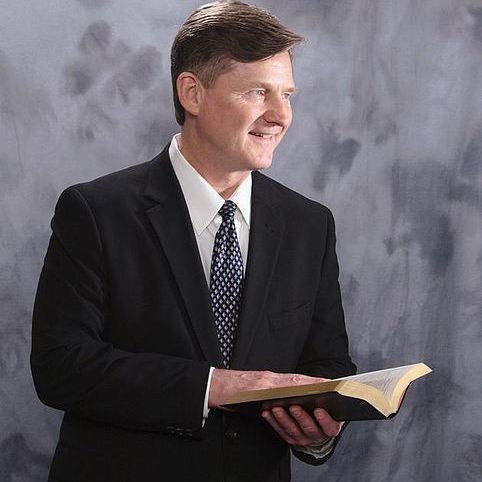The Red Letters of Jesus
Another brief example can be seen from a synoptic passage in the Gospels. When Peter confesses who he thinks Jesus’ identity is, each Gospel writer gives us different words regarding Jesus’ initial question.
Who do people say the Son of Man is? (Matthew 16:30)
Who do people say that I am? (Mark 8:27)
Who do the crowds say that I am? (Luke 9:18)
Not in the Gospel of John.
What is interesting here is that although we have three eyewitness accounts (Luke used other primary sources for his Gospel [Luke 1:1-2], while Mark used Peter based on historical tradition), each Gospel writer gives us slightly different “red letters.” Either Jesus only spoke one of these phrases, or there were three separate incidents in Jesus’ ministry where he asked the disciples three distinct times at Caesarea Philippi who people said that he was in three different ways. Since the latter historical account is quite unlikely, it seems best to understand that the Gospel writers had the freedom and inspiration of the Spirit to set Jesus’ words and dialogues in a variety of ways depending on the literary and theological intentions that they want to communicate to their first century readers. This reflection offers us a helpful and insightful way to see how first century Gospel writing (called historiography) was done in a way that accurately reflected their eyewitness interaction with Jesus, the Messiah.
Although the NT epistles have different audiences and emphases, they extend and unpack the teachings of Jesus to a Gentile world so that all nations can follow God’s messiah.
As we have carefully noted that we rarely have access to the very words of Jesus, and because all Scripture attests to God’s redemptive work through his messiah for all nations, the presence of red letter Bibles is not really helpful and probably misleading. It is the divine task of Bible scholars, translators, editors, and publishers to ensure the meaningfulness, clarity, and coherence of Scripture. Red letter Bibles may compromise these values because it suggests some aspects of Jesus that we simply do not have, and more importantly, the Gospel writers did not see fit to give us.
Link to James F. Linzey’s author page.
Notes
[1] https://www.crossway.org/blog/2006/03/red-letter-origin/
[2] He also gives the Aramaic in other passages: 3.17; 5.41; 7.11, 34; 14.36; 15.22, 34.
[3] https://danielbwallace.com/2012/12/28/five-more-myths-about-bible-translations-and-the-transmission-of-the-text/

Image: Ben White
Category: Biblical Studies, Summer 2018



